Using Cambistat® to Help Manage
Disease Resistance
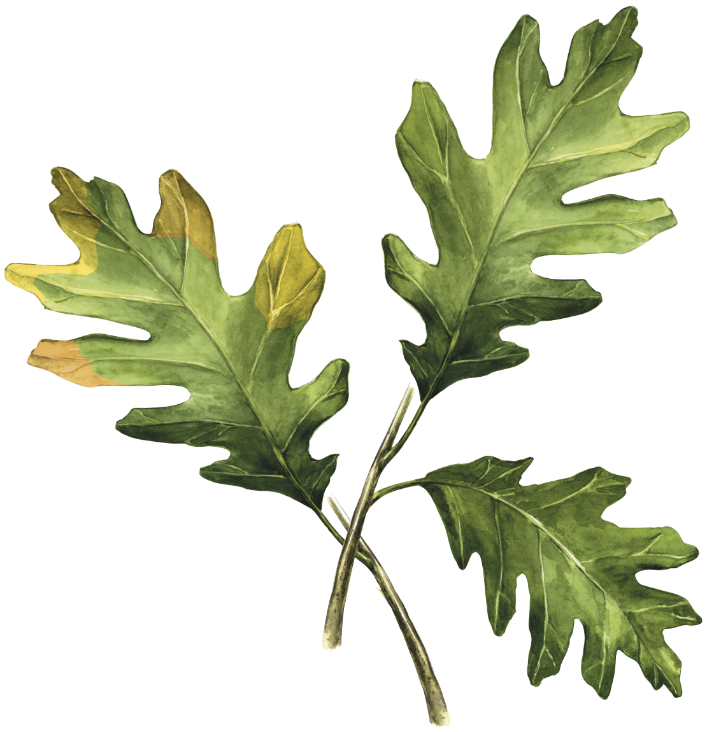
How Does Cambistat Help Increase Disease Resistance?
Changes In Leaf Structure –
Cambist is known to cause notable changes in the leaves including a thicker waxy layer and denser leaf hairs. These changes can result in a leaf that is more difficult for fungal spores to penetrate thus reducing the chance of infection.
Increased Fibrous Roots –
An increase in fibrous roots means more surface area for the tree to take up the resources it needs to grow. This is also beneficial in taking up more water to be stored in times of drought. A more established root system has been shown to greatly benefit trees and reduce the strain of urban stress.
Untreated
Treated
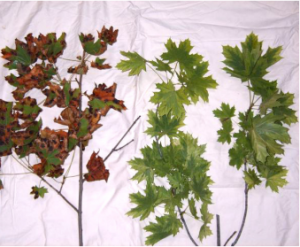
Norway maple with Tar Spot of Maple disease
Increased Drought Resistance –
In addtion to the drought tolerance benefits provided by thicker leaves and an increase in fibrous roots, Cambistat helps trees by increasing the amount of abscisic acid they produce. Abscisic acid is used by the leaves to open and close their stomates in response to dry conditions.
Increased Defense Compounds –
Reducing growth causes the tree to spend energy on other functions, such as defensive compounds. More defense compounds will help the tree to fend off invaders better than before. When a tree is healthier to start with, it is better able to stand on its own and thrive.
Slower Growing Trees
A common myth about trees is that a faster growing tree is healthier than a slower growing tree. The truth is that slower growing trees will outlive trees that grow faster, especially in situations such as yards where space and resources are limited. The chart below shows some important differences between a tree growing relatively faster or slower.

Slower Growth Is Beneficial
Tree Characteristic
Tree Growth Rate Comparison
Faster Growth
Slower Growth
- Resource Demand
- Sensitivity to Resource Availability
- Stored Energy Reserves
- Root : Shoot Ratio
- Sensitivity to Stress or Damage
- Overall Tree Durablity
- Higher
- Higher
- Lower
- Lower
- More Sensitive
- Less Durable
- Lower
- Lower
- Higher
- Higher
- Less Sensitive
- More Durable
An Integrated Approach
When caring for urban trees it is important to make a thorough evaluation of the site to accurately diagnose all stressing agents and tailor your recommendation to the specific circumstances. These must be dealt with so that your tree can live to its fullest potential. Utilize your arborist for a comprehensive maintenance program.
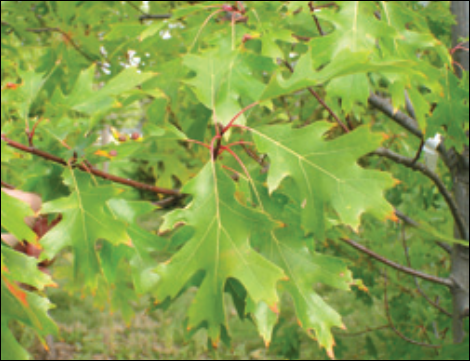
Untreated
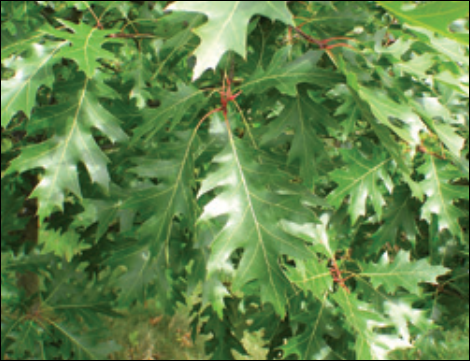
3 years after treatment
Benefits Of Cambistat For Urban Trees
Cambistat is a soil applied product that is absorbed through the roots. Cambistat gently slows the growth of trees, allowing the tree to redirect some of its energy from canopy growth to defense chemicals, fibrous root production, and other uses. The resulting reallocation of energy makes your tree healthier and more durable.
Drought is a major cause of tree death and decline in the urban landscape. Research shows Cambistat increases drought resistance by helping the tree reduce water losses during dry, hot periods.
Untreated
Treated
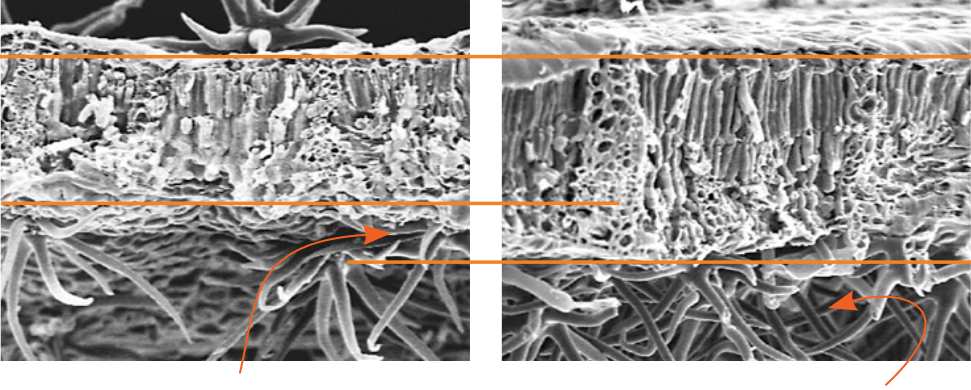
Thicker Leaf Surface
increased protective hairs
Cambistat changes some important physical traits of leaves. Leaves of treated trees tend to be greener (higher concentrations of chlorophyll) than untreated and have an enhanced protective barrier (thicker leaf surface and denser surface hairs).
Research Has Shown Cambistat Increases Fine Root Density In Trees
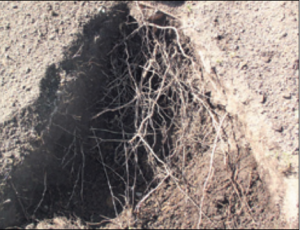
untreated
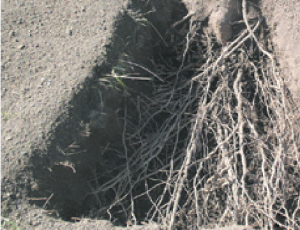
3 years after treatment
Ready For A Quote?
Click the button below to contact us and get started taking core of your trees




